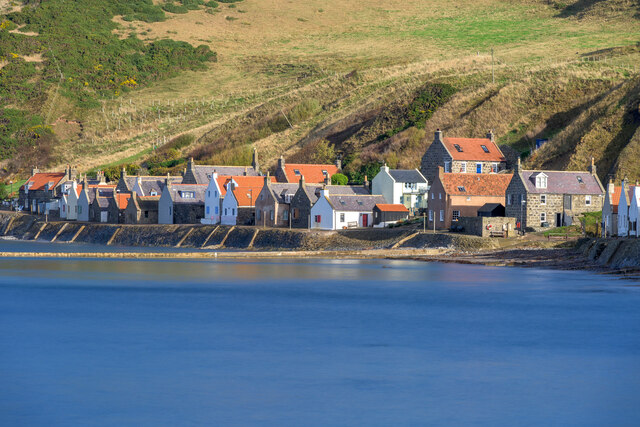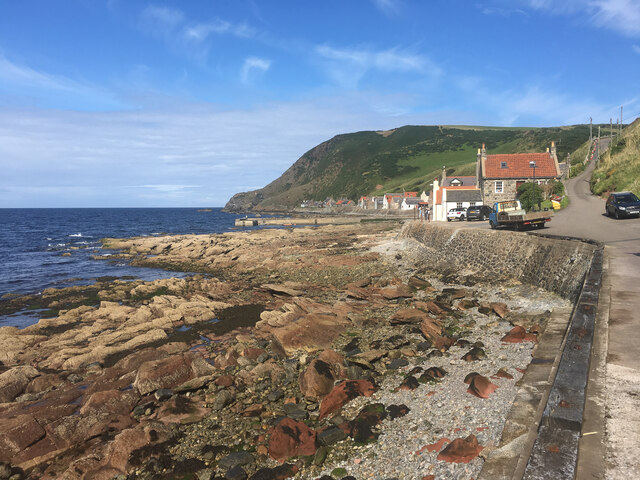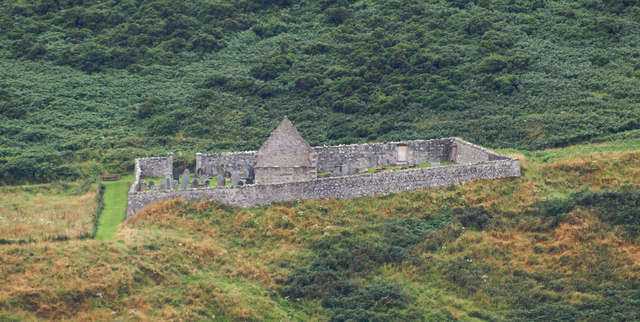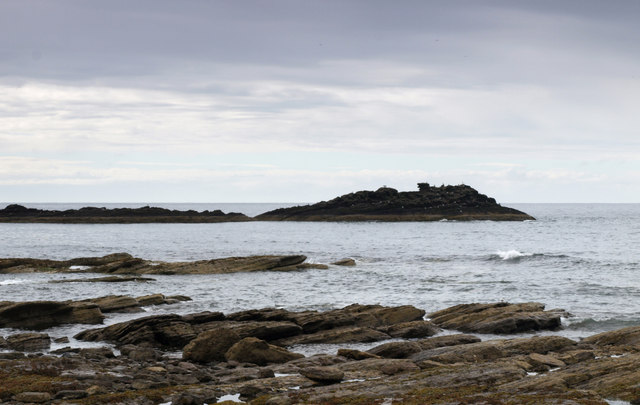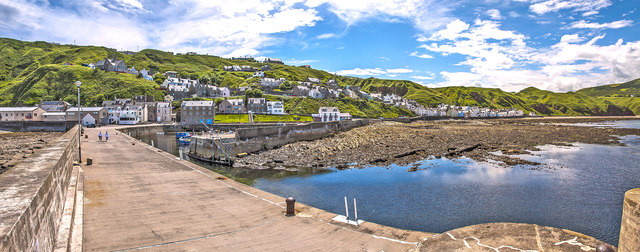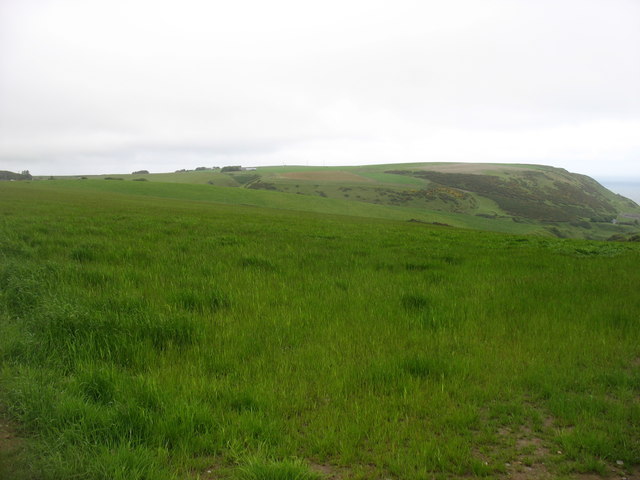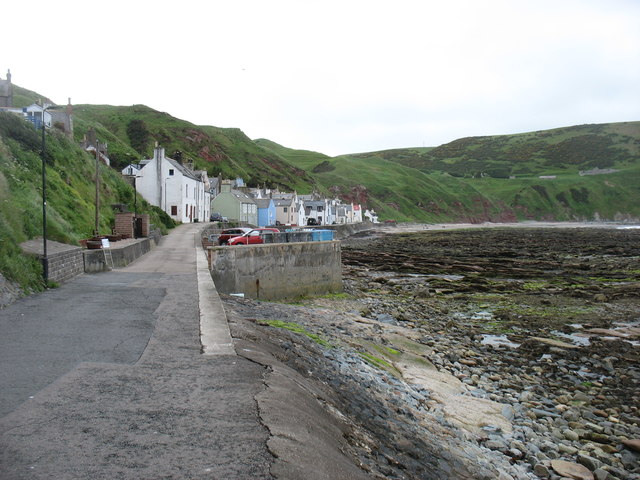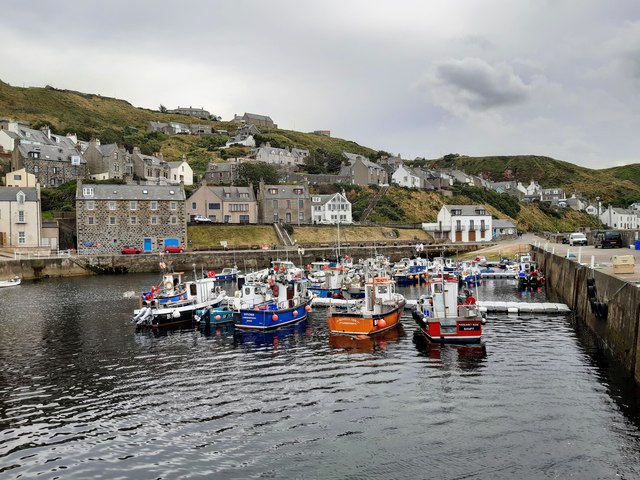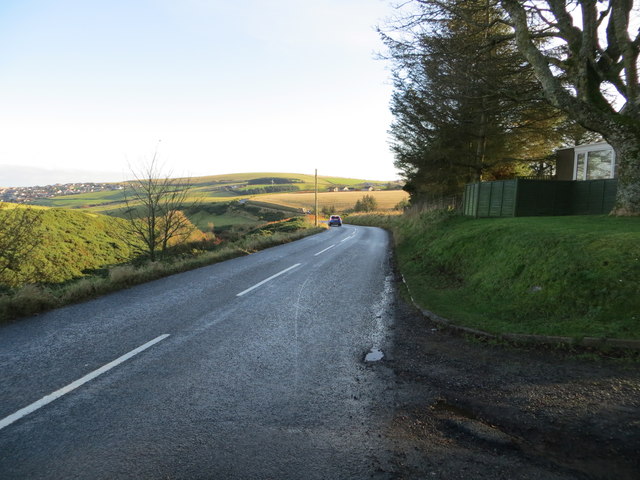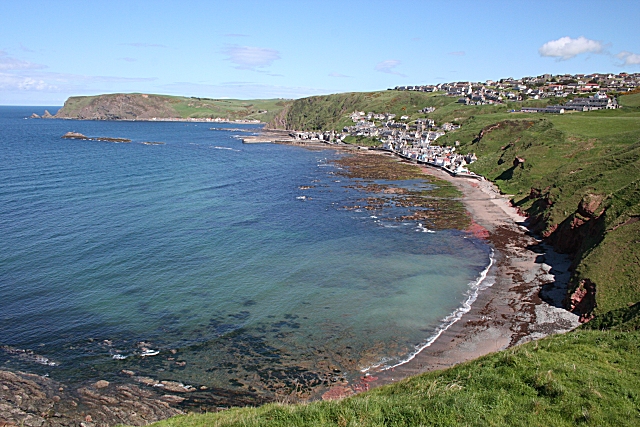Muckle Wife
Island in Banffshire
Scotland
Muckle Wife

Muckle Wife is an uninhabited island located off the coast of Banffshire, Scotland. It is situated in the North Sea, approximately 10 kilometers northeast of the town of Banff. The island is part of the Banffshire Coast and Moray Firth Special Area of Conservation, known for its diverse marine life and important bird populations.
Muckle Wife covers an area of around 50 acres and is characterized by its rugged and rocky terrain. The island is mostly covered by low vegetation, including grasses, heather, and shrubs. It is surrounded by cliffs that reach heights of up to 30 meters, providing nesting sites for seabirds such as puffins, guillemots, and razorbills.
Although uninhabited, Muckle Wife has historical significance. The island's name is believed to come from the Old Norse term "mukka-vif," meaning "big woman." This suggests that the island may have been used as a place of refuge or as a lookout by Vikings during their occupation of the area.
Access to Muckle Wife is restricted due to its status as a protected nature reserve. It is a popular destination for birdwatchers and wildlife enthusiasts, who can observe the diverse range of species that inhabit the island. Boat trips and guided tours are available from nearby towns, allowing visitors to experience the natural beauty and tranquility of this remote and untouched island.
If you have any feedback on the listing, please let us know in the comments section below.
Muckle Wife Images
Images are sourced within 2km of 57.671594/-2.3512462 or Grid Reference NJ7964. Thanks to Geograph Open Source API. All images are credited.

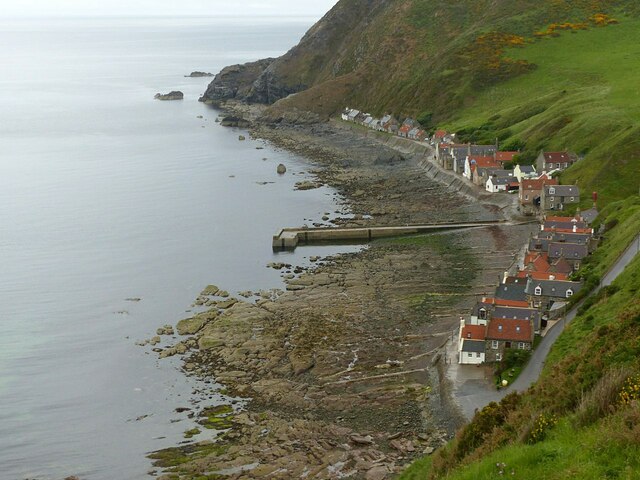
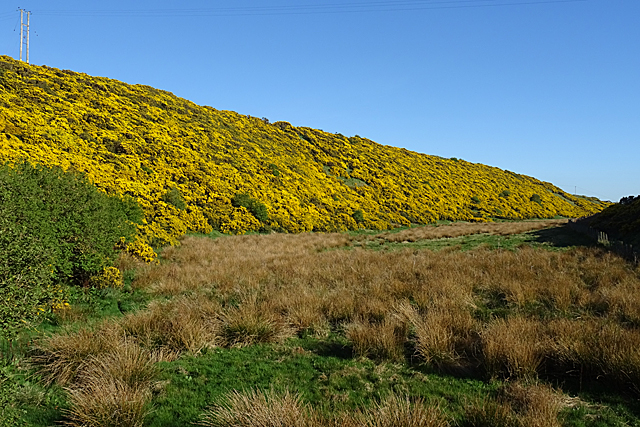
Muckle Wife is located at Grid Ref: NJ7964 (Lat: 57.671594, Lng: -2.3512462)
Unitary Authority: Aberdeenshire
Police Authority: North East
What 3 Words
///minus.enjoyable.materials. Near Macduff, Aberdeenshire
Nearby Locations
Related Wikis
St John's Church, Gamrie
St John's Church is a ruined church and kirkyard in the parish of Gamrie, Aberdeenshire, Scotland. The church, dedicated to St John the Evangelist, was...
Gardenstown
Gardenstown (Scots: Gamrie) is a small coastal village, 8.7 miles (14.0 km) by road east of Banff in Aberdeenshire, northeastern Scotland. The village...
Gamrie Bay
Gamrie Bay is a bay in Aberdeenshire, Scotland. The bay is between Crovie Head and More Head. The villages of Gardenstown and Crovie are located within...
Dubford
Dubford is a small village in northern coastal Aberdeenshire, Scotland. Dubford is situated along the B9031 road approximately 6 kilometres (3.7 mi) east...
Nearby Amenities
Located within 500m of 57.671594,-2.3512462Have you been to Muckle Wife?
Leave your review of Muckle Wife below (or comments, questions and feedback).

